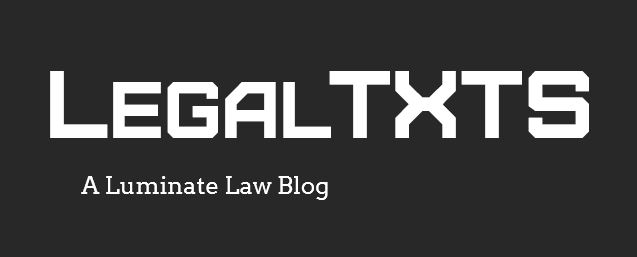Rock legend gets to continue lawsuit against HP for selling penis-measuring app named after him – Evans v. Hewlett-Packard Co., 2013 WL 4426359 (N.D. Cal. Aug. 15, 2013)
Want to test the urban myth that a man’s shoe size is a good measure of his you-know-what? Well, there’s an app for that. Or there was. And the app store that sold it is being sued by the app’s namesake, who isn’t thrilled that his name was associated with a digital ruler for male nethers.
“The Chubby Checker” was an app for estimating the size of a man’s genitals based on his shoe size. Hewlett-Packard’s subsidiary, Palm, Inc., offered the app for sale on its app store. The name of the app is a pun based on “Chubby Checker,” the stage name of rock-and-roll legend Ernest Evans. Evans and the companies who owned registered marks associated with the name “Chubby Checker” sued HP and Palm for trademark infringement and dilution, federal unfair competition, and various state law claims.
The defendants tried unsuccessfully to dismiss the trademark infringement claim. The complaint sufficiently alleged a claim of contributory infringement against the defendants, the court found. Plaintiffs alleged that the “Chubby Checker” name and mark was internationally famous. The defendants also allegedly maintained “primary control” over the use of the mark by setting up a detailed application and approval process for the app. Thus, the court ruled that it was plausible to infer that the defendants knew or could have reasonably concluded that the plaintiffs would not have consented to license the “Chubby Checker” mark for use with the app.
The defendants fared better in their attempt to dismiss the state law claims. The defendants invoked Section 230 of the Communications Decency Act, which immunizes internet service providers from tort liability based on content published by third parties. The plaintiffs did not allege that the defendants created the app. Instead, third parties created the app. Since the defendants were internet service providers rather than content providers, Section 230 required dismissal of the state law claims.
LegalTXTS Lesson: This ruling could be a major setback for app store operators. Essentially, it means an app store could be sued for contributory trademark infringement whenever one of the apps it sells is the subject of trademark litigation. That might make some sense if the app store set up an approval process that includes review of the intellectual property rights used by apps (e.g., see how the app Pic Bubbler fared in the review process for the Apple App Store), but not if such review is missing from the app approval process (Google Play, for example, employs a minimal review process). And you can bet the app store operator is a prime target for litigation if it’s a deep pocket. Like in this case, who would you rather sue—HP, or the creator of The Chubby Checker, which apparently sold a mere 88 copies at 99 cents each?








![By MECU (Own work) [CC-BY-SA-2.5], via Wikimedia Commons](http://www.legaltxts.com/wp-content/uploads/2013/07/Rashaan_Salaam-Heisman_whitebg-250x300.jpg)


